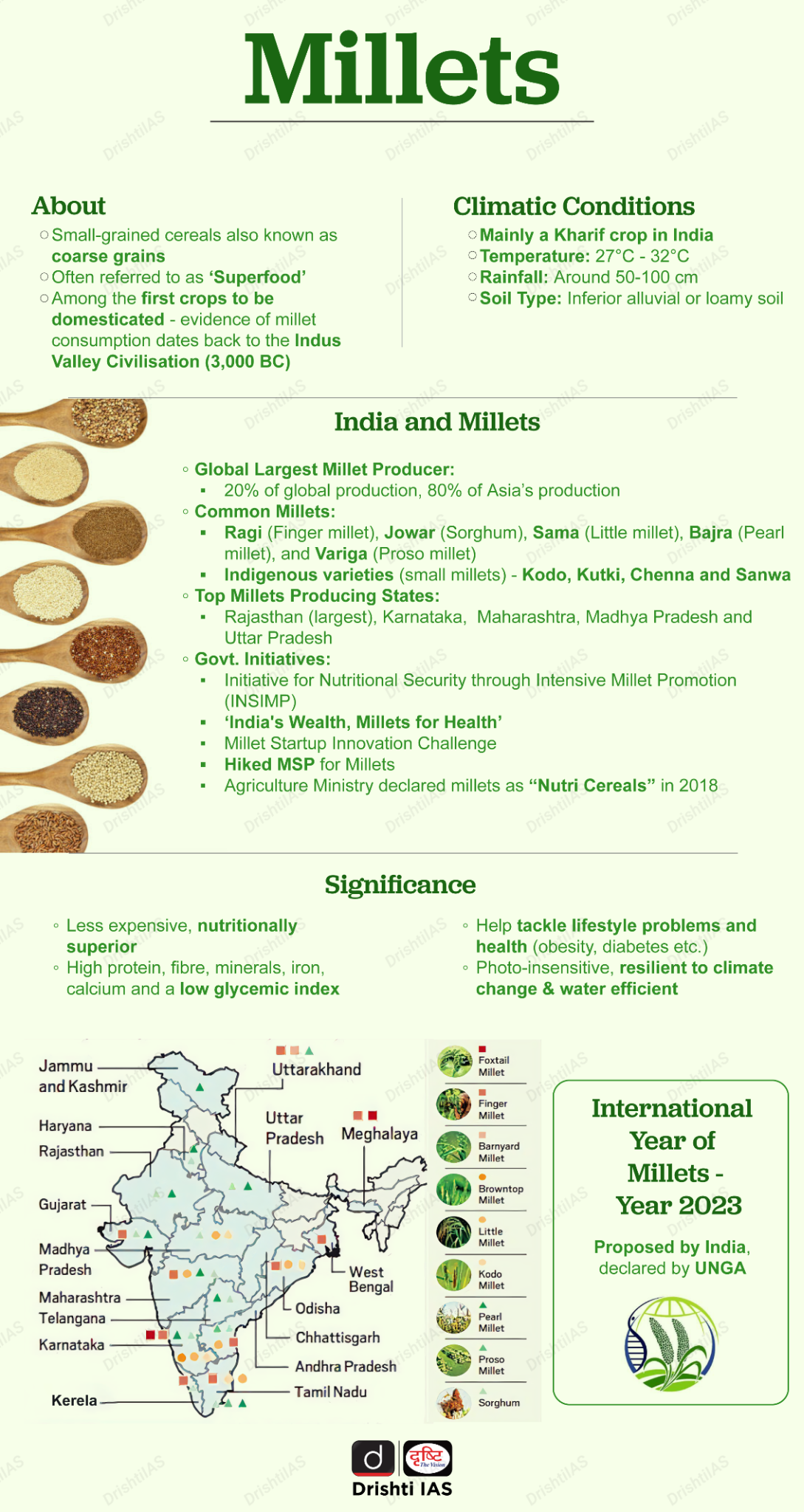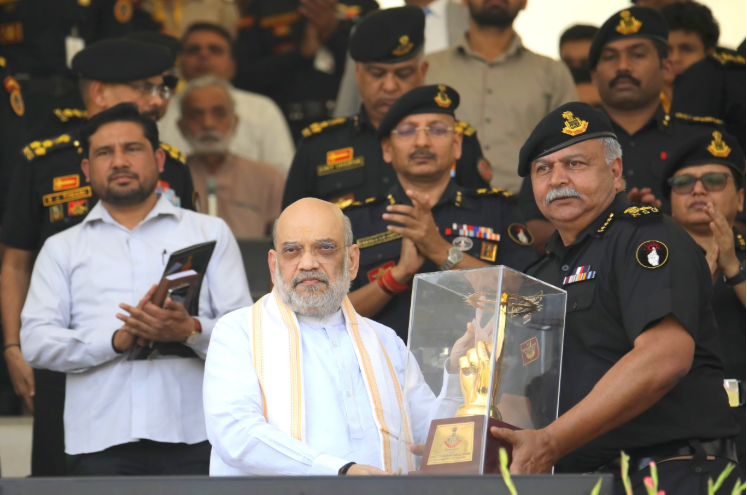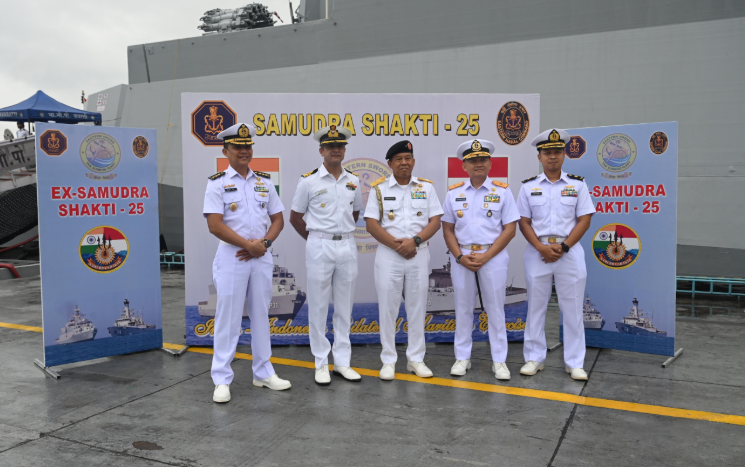Madhya Pradesh Switch to Hindi
MP to Procure Kodo-Kutki for First Time
Why in News?
The Madhya Pradesh Cabinet decided to procure kodo and kutki (Millets) from farmers in major millet-producing districts for the first time.
Key Points
- About: The procurement of Kodo and Kutki will be carried out under the 'Rani Durgavati Shree-Ann Protsahan Yojana'.
- Procurement will prioritise major production districts such as Jabalpur, Katni, Mandla, Dindori, Chhindwara, Shahdol, Anuppur, Umaria, Rewa, Sidhi, and Singrauli, with other districts considered based on demand.
- Agency: Shri Ann Consortium of Farmer-Producer Company Limited (Shri Ann Federation) will handle the procurement.
- The federation will procure around 30,000 metric tonnes of millets, with Kutki priced at Rs 3,500 per quintal and Kodo at Rs 2,500 per quintal.
- Financial Support: The Shri Ann Federation will receive an interest-free loan of Rs 80 crore from the State's Price Stabilisation Fund.
- Farmer Incentives: An incentive of Rs 1,000 per quintal will be provided through Direct Benefit Transfer (DBT) to farmers' bank accounts.
- Kodu and Kutki:
- Kodo and Kutki are types of millet, with the botanical names Paspalum scrobiculatum and Panicum sumatrense, respectively.
- Both grains can be consumed in a similar manner to rice.
- Kodo contains 8.3 grams of protein per 100 grams, while Kutki contains 7.7 grams of protein per 100 grams.
Rani Durgavati Shree-Ann Protsahan Yojana
- Objective: The Rani Durgavati Shree-Ann Protsahan Yojana aims to support millet (Shree-Ann) producing farmers by ensuring fair prices for their products, thereby encouraging more farmers to engage in millet production.
- The scheme also aims to provide additional incentives and enhance the marketing and branding of millets, particularly Kodo and Kutki, to establish a distinct identity for these products at both national and international levels.
- Procurement and Support: The state government and federation procure Kodo and Kutki from farmers at Minimum Support Price (MSP), with an additional Rs 1,000 per quintal provided via Direct Benefit Transfer (DBT).
- Capacity Building and Marketing: The scheme focuses on building the capacity of millet farmers, promoting specialised packaging and branding activities for Kodo and Kutki, and establishing a better marketing system to ensure fair prices for their produce.
- Formation of Federation: Farmer Producer Organizations (FPOs) and groups involved in millet cultivation, processing, and marketing are organised into a state-level federation.
- This federation facilitates the development of a value chain for millets and increases the income of farmers involved in Kodo and Kutki cultivation.
- Governance and Monitoring: The scheme is governed under the Companies Act of 2013, with the federation being formed as a company.
- A robust monitoring mechanism will be established under the Farmer Welfare and Agricultural Development Department, with senior officials ensuring proper implementation, regular evaluation, and resolving stakeholder issues.
Rajasthan Switch to Hindi
State Tourism Ministers Meet
Why in News?
The Ministry of Tourism successfully concluded a two-day State Tourism Ministers’ Meet in Udaipur on 14th-15th October 2025.
Key Points
- About: The event gathered Tourism Ministers and senior officials from all States and Union Territories to collectively reshape India’s tourism landscape.
- This meeting was a significant step in advancing the Prime Minister's vision of “One State: One Global Destination,” a key initiative announced in the Union Budget 2025-26, aimed at developing at least one globally benchmarked tourist destination in every State and Union Territory (UT) as part of the Viksit Bharat roadmap.
- Selection criteria include accessibility, existing infrastructure, carrying capacity, and overall development potential.
- This meeting was a significant step in advancing the Prime Minister's vision of “One State: One Global Destination,” a key initiative announced in the Union Budget 2025-26, aimed at developing at least one globally benchmarked tourist destination in every State and Union Territory (UT) as part of the Viksit Bharat roadmap.
- Stakeholder Consultations: Over two days, discussions centred around two main strategies: Destination Development and Destination Management.
- States and UTs presented proposals for developing iconic destinations, aligning with the national tourism transformation agenda:
- Development of 50 Destinations: Focusing on private sector-led tourism hubs.
- Performance Linked Incentives (PLI): Introducing a PLI-based Destination Maturity Model to incentivise and reward high standards of destination management.
- States and UTs presented proposals for developing iconic destinations, aligning with the national tourism transformation agenda:
- Regional Presentations: Each State/UT showcased one potential destination for development as a global tourism hub. Rajasthan, for example, proposed destinations like Jaipur, Udaipur, Jodhpur, Bikaner, and Bharatpur, backed by detailed presentations on connectivity, infrastructure readiness, and projected outcomes.
- Draft Integrated Tourism Promotion Scheme Guidelines: It also featured a focused discussion on the draft guidelines for the Integrated Tourism Promotion Scheme, aimed at positioning India as a comprehensive tourism destination in both domestic and international markets.
- The central government is also preparing a "Digital and Green (DG) Tourism Policy", with inputs from all states to create a unified national framework for sustainable and innovative tourism development.
Haryana Switch to Hindi
41st Foundation Day Celebration of NSG
Why in News?
Union Home Minister and Minister of Cooperation, Shri Amit Shah, attended the 41st Foundation Day celebration of the National Security Guard (NSG) in Manesar, Gurugram.
- The event also marked the groundbreaking ceremony for the Special Operations Training Centre (S.O.T.C.) at the NSG campus.
Key Points
- About:
- The National Security Guards (NSG) was created in 1984 as a federal contingency force to tackle terrorism.
- Its mission is to train, equip, and keep in readiness a special force capable of swiftly and effectively combating terrorism, living up to its motto 'Sarvatra Sarvottam Suraksha'.
- Structure:
- It was modeled on the Special Air Service (SAS) of the United Kingdom and GSG-9 of Germany, with two complementary elements - the Special Action Group (SAG) comprising Army personnel and the Special Ranger Groups (SRG) comprising personnel from Central Armed Police Forces and State Police Forces.
- NSG’s Role: The Home Minister praised the NSG for its four-decade-long fight against terrorism, highlighting its core principles of Sarvatra, Sarvottam, Suraksha, and its virtues of Samarpan, Saahas, and Rashtrabhakti.
- NSG’s Legacy: Since its inception in 1984, NSG has been involved in several key operations like Operation Ashwamedh, Operation Vajra Shakti, and its crucial role during the Akshardham and Mumbai terror attacks.
- The Home Minister announced that the government plans significant operational changes for the NSG, including the establishment of six NSG hubs in Mumbai, Chennai, Kolkata, Hyderabad, Ahmedabad, and Jammu, with a new hub in Ayodhya to enhance rapid response capabilities.
- Special Operations Training Centre (S.O.T.C.): He announced the foundation stone for the S.O.T.C., to be built at a cost of Rs. 141 crore, which will offer state-of-the-art training to NSG commandos and anti-terror units from police forces nationwide, equipping them with advanced technology to combat terrorism.
National Current Affairs Switch to Hindi
5th Edition of Samudra Shakti
Why in News?
The Indian Navy is hosting the fifth edition of the bilateral maritime exercise Samudra Shakti with the Indonesian Navy from 14th to 17th October in Visakhapatnam, Andhra Pradesh.
Key Points
- About: The joint exercise aims to enhance interoperability and strengthen maritime cooperation between the two nations through a series of professional and operational engagements, both at sea and ashore.
- Participating Units:
- INS Kavaratti: An anti-submarine warfare corvette from the Eastern Fleet of the Indian Navy.
- KRI John Lie: A corvette from the Indonesian Navy, equipped with an integral helicopter.
- Harbour Phase: The harbour phase includes activities such as cross-deck visits, joint yoga sessions, friendly sports events, and professional exchanges under the Subject Matter Expert Exchange (SMEE) programme, all aimed at fostering professional interaction and camaraderie between the naval personnel of both nations.
- Sea Phase: The sea phase will feature complex and high-tempo maritime operations aimed at improving tactical coordination between the two navies. These operations will include Helicopter manoeuvres, Air defence exercises, Weapon firing drills and Visit, Board, Search and Seizure (VBSS) operations.
- Significance: The exercise highlights the shared commitment of both nations towards maintaining stability and peace in the Indo-Pacific region.
- Other Military Exercises between India and Indonesia: Garuda Shakti, IND-INDO CORPAT

.gif)

.png)





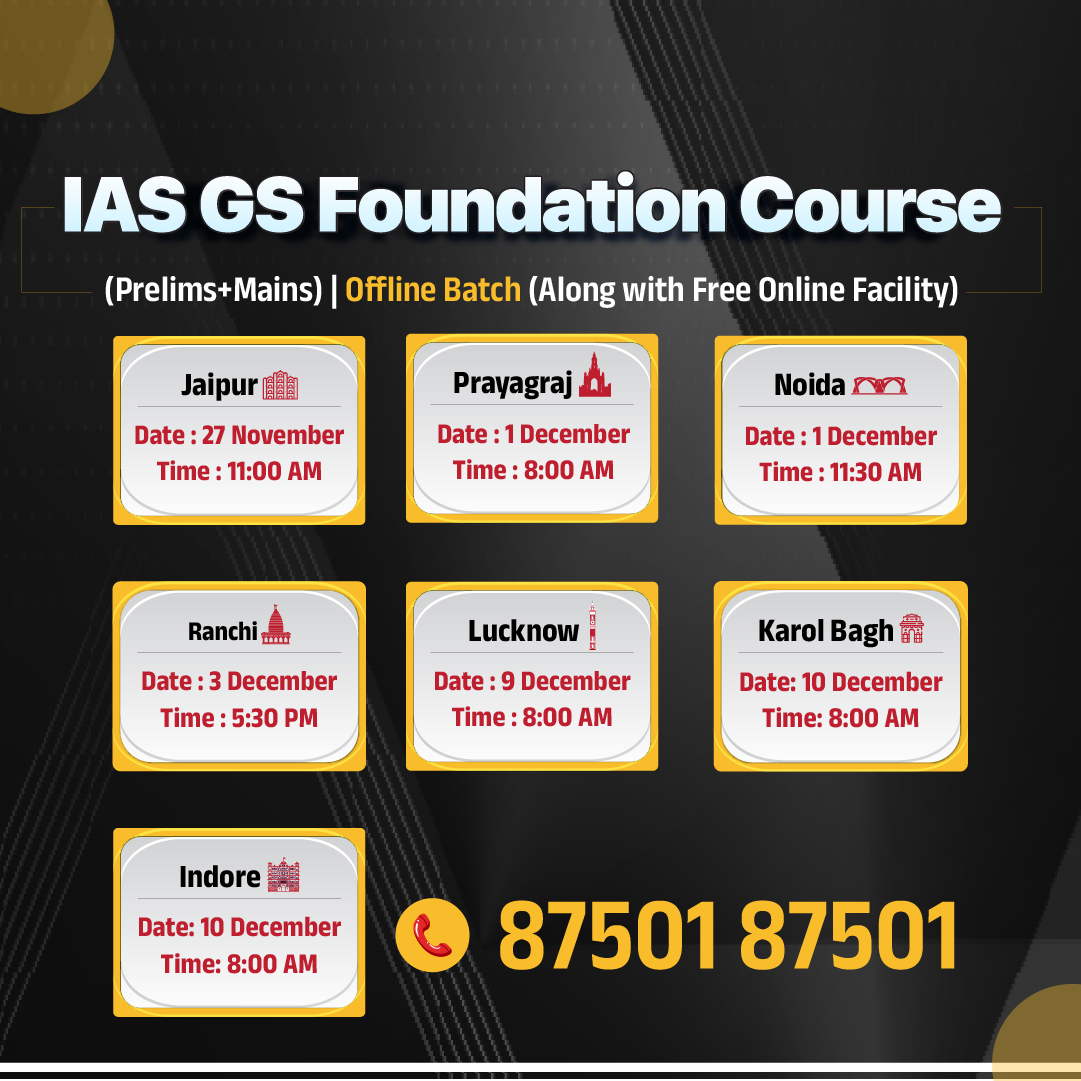

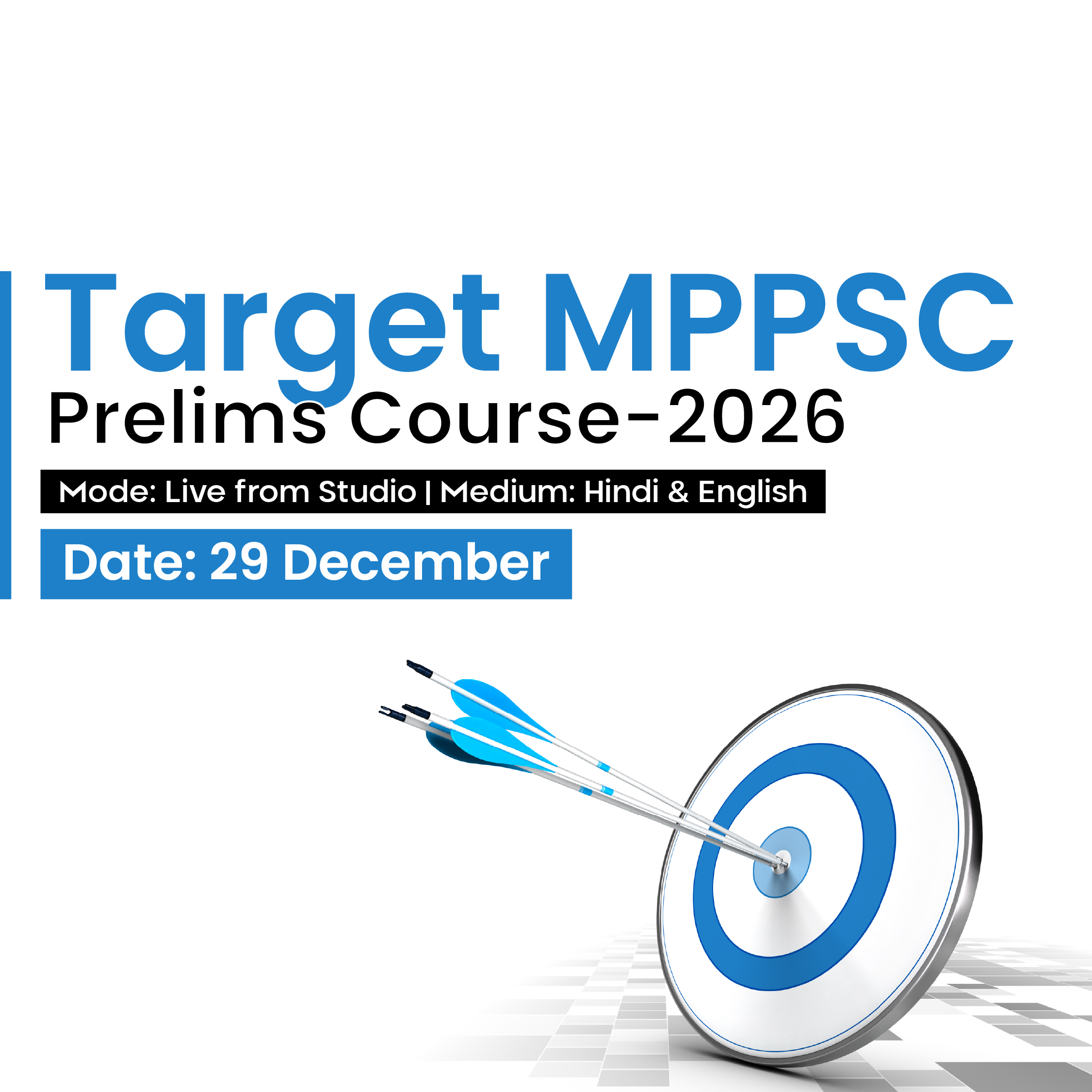

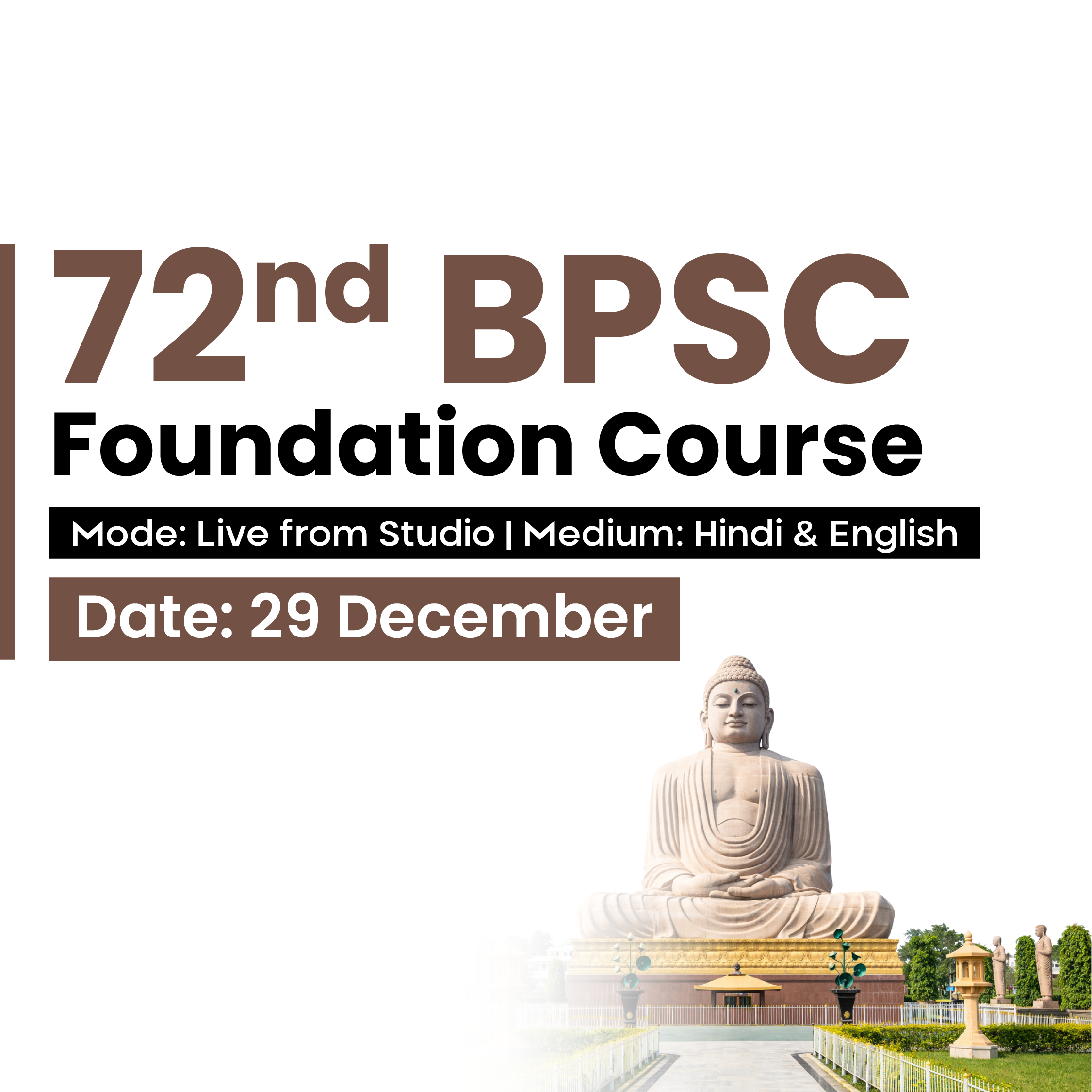

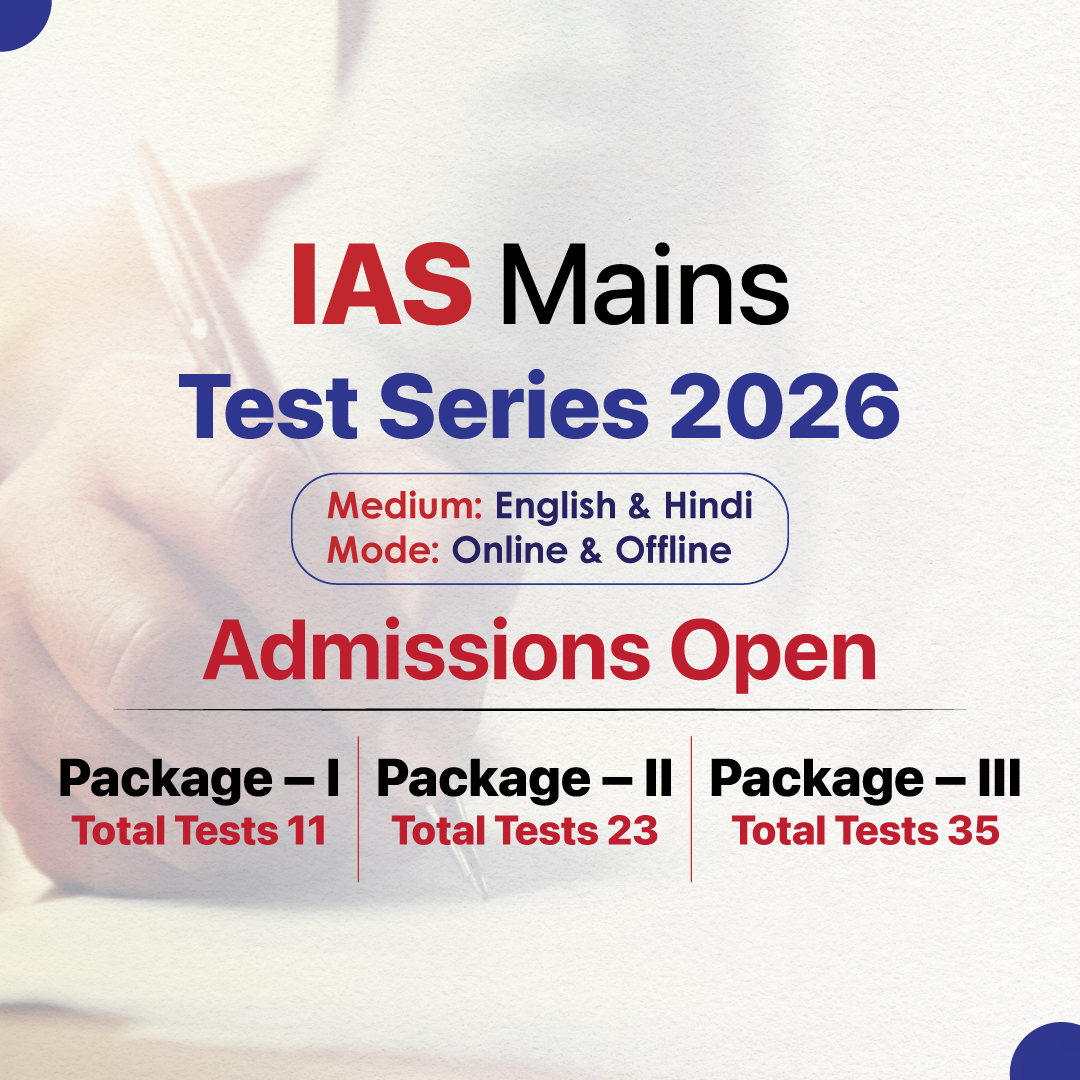

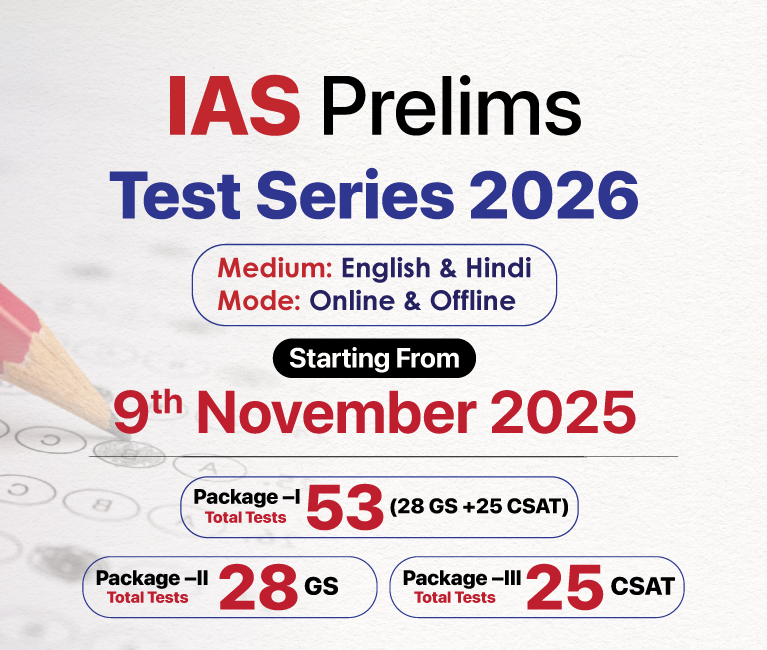

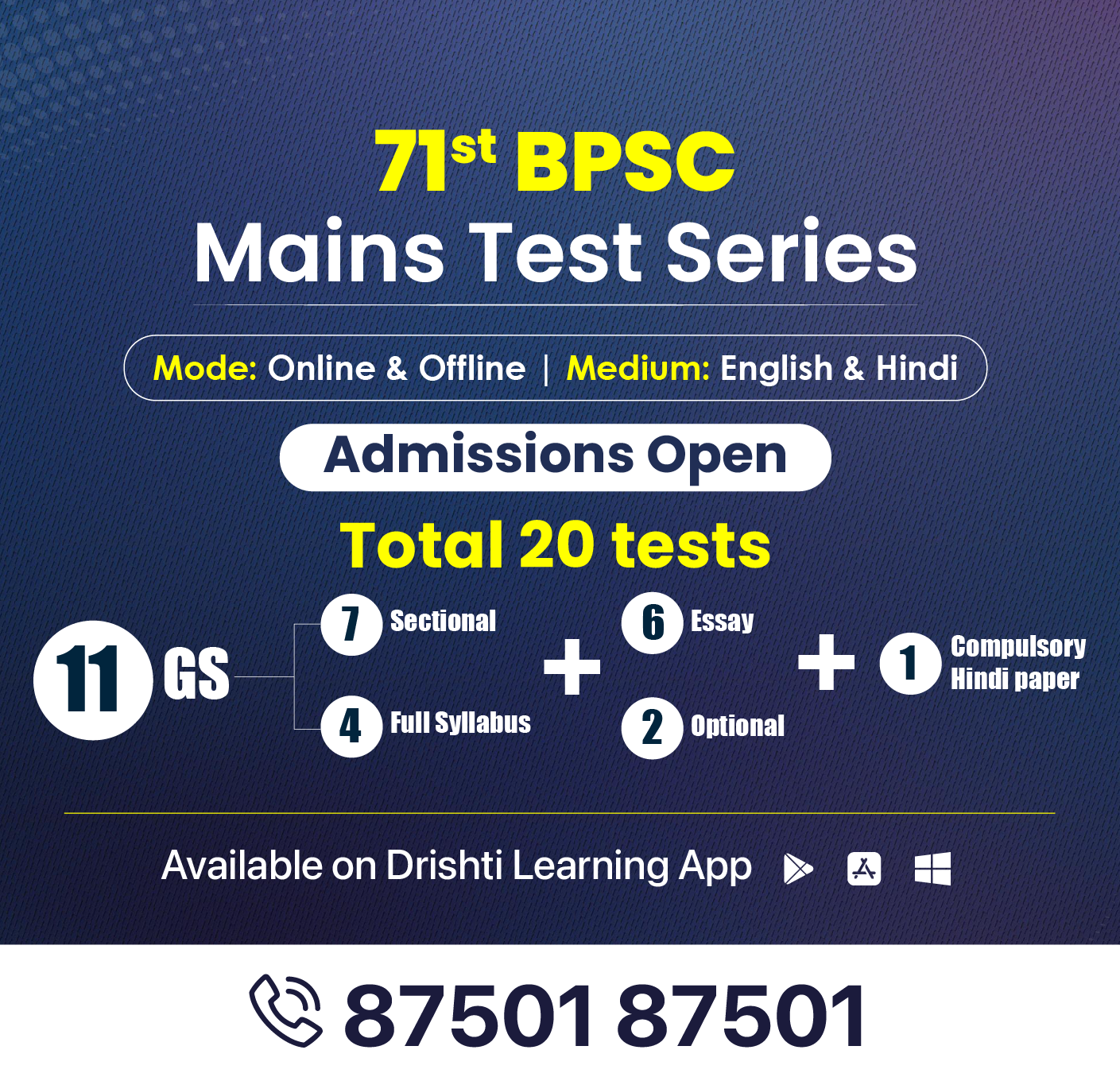
.png)
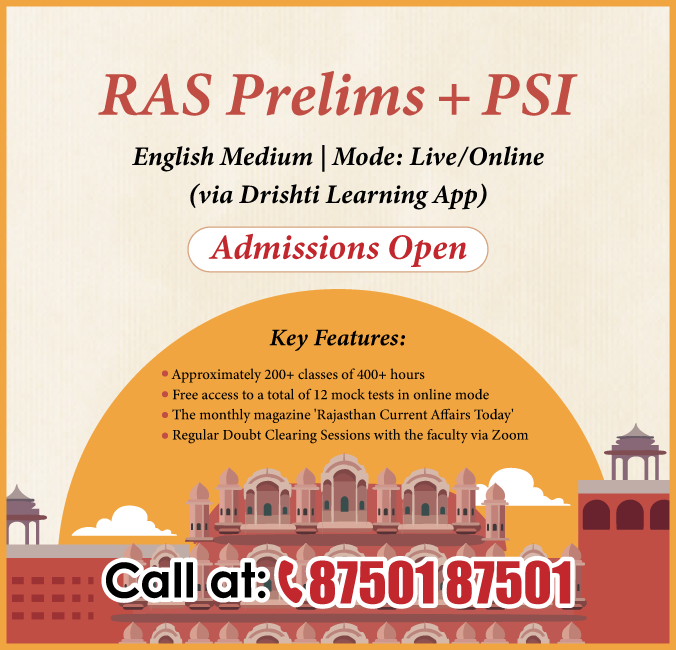

.jpg)

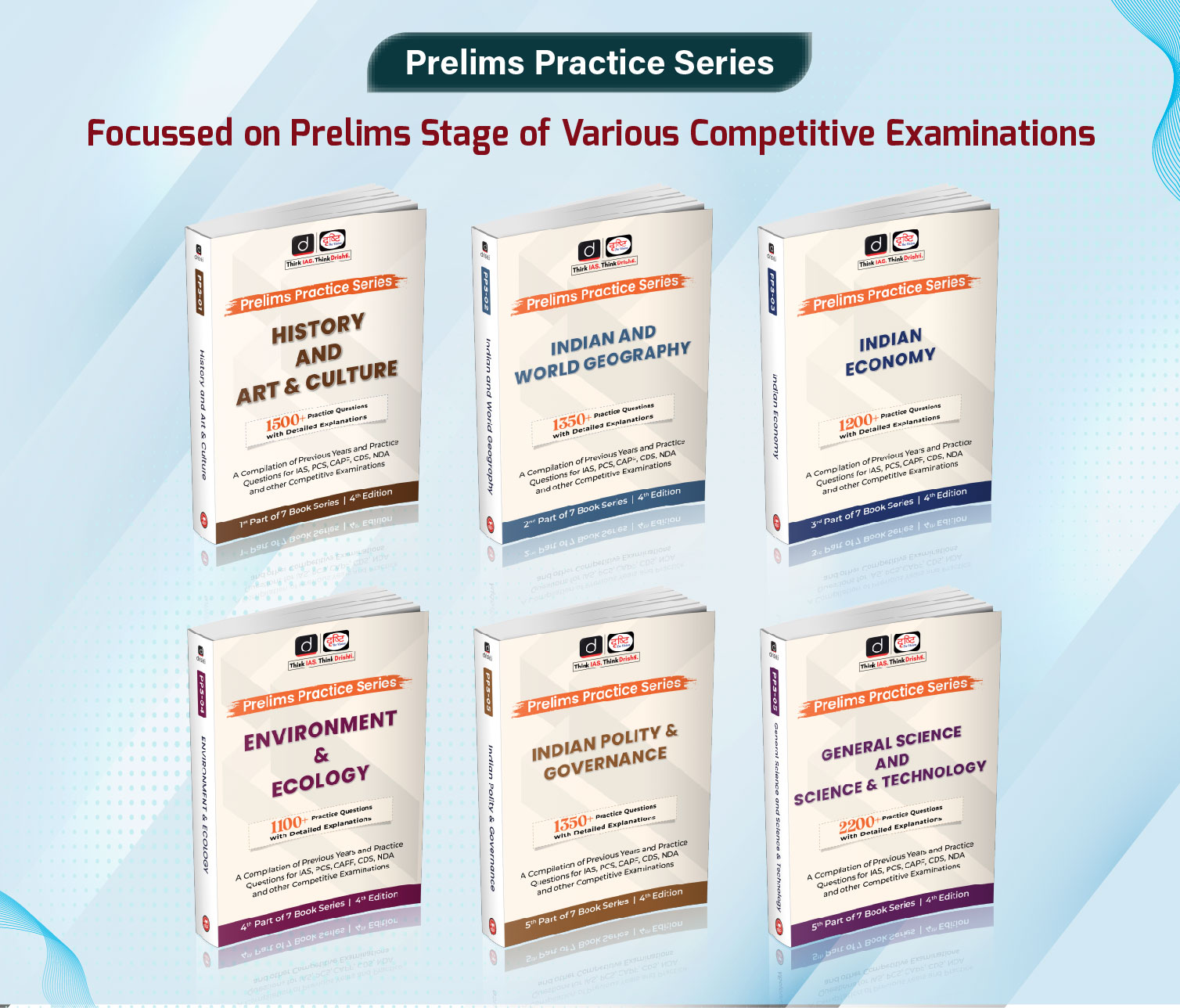

 PCS Parikshan
PCS Parikshan